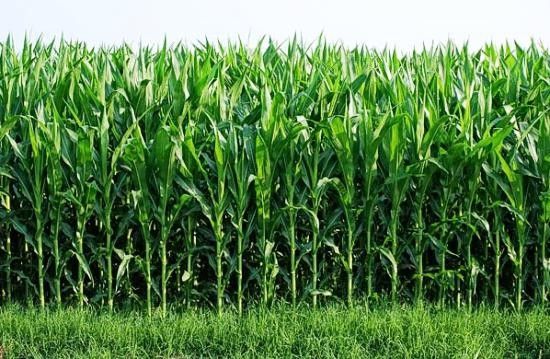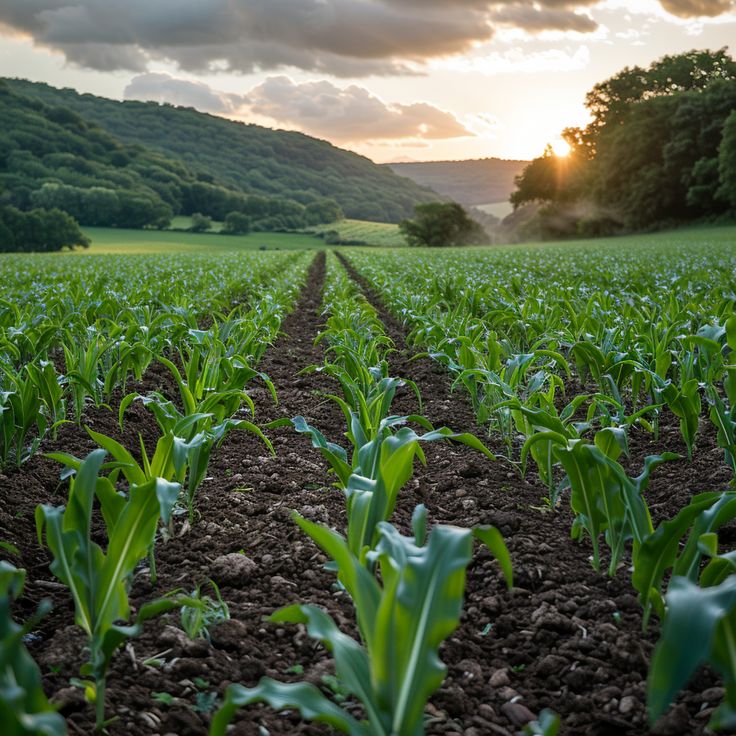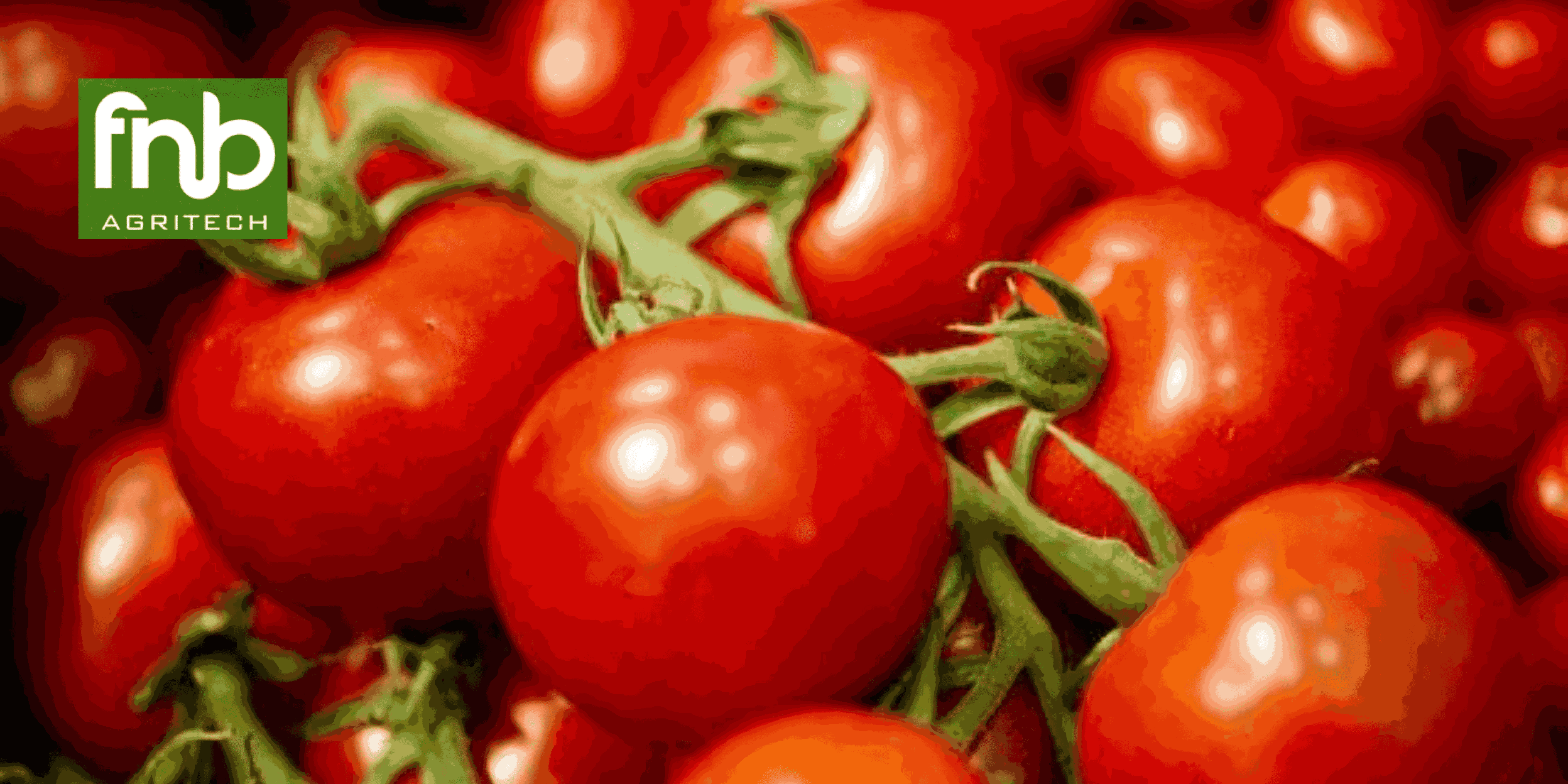Sugarcane Planting Productivity: How Smart Agriculture Maximizes Yields
Sugarcane Planting Productivity, a versatile crop with a rich history, remains a vital source of sugar globally. However, maximizing its production requires a delicate balance between efficiency and sustainability. This is where Smart Agriculture (SA) steps in, offering a data-driven approach to optimize sugarcane planting productivity.
This article delves into the intersection of Smart Agriculture and sugarcane planting, exploring the various technologies and practices that can significantly impact yield and resource utilization. We’ll explore how SA empowers farmers to make informed decisions, improve planting accuracy, and ultimately, achieve peak sugarcane planting productivity.
Contents
The Challenges of Traditional Sugarcane Planting
Sugarcane planting traditionally relies on manual methods, which can be labor-intensive, time-consuming, and prone to human error. These factors can lead to:
- Uneven planting depth: Inconsistent depth placement can affect germination rates and overall crop uniformity.
- Inefficient resource utilization: Traditional methods often lead to over-application of resources like fertilizer and water, impacting profitability and environmental sustainability.
- Limited data-driven decision making: Without real-time data on soil conditions, weather patterns, and crop health, farmers struggle to optimize planting strategies.
How Smart Agriculture Transforms Sugarcane Planting
Smart Agriculture offers a suite of innovative tools and techniques that revolutionize sugarcane planting. Here’s how:
- Precision Planting Technology: Advanced planters equipped with GPS guidance and automatic seed metering ensure accurate seed placement at the optimal depth. This leads to improved germination rates, uniform plant growth, and ultimately, higher yields.
- Soil Mapping and Analysis: Utilizing sensors and drones, farmers can map soil characteristics like nutrient levels, moisture content, and topography. This data allows for targeted nutrient application, minimizing waste and ensuring optimal growing conditions for sugarcane.
- Weather Monitoring and Predictive Analytics: Real-time weather data and predictive analytics platforms help farmers plan planting schedules based on optimal temperature, rainfall patterns, and potential weather events. This proactive approach minimizes the risk of crop damage and optimizes resource utilization.
- Remote Monitoring and Sensors: Wireless sensors strategically placed in fields provide continuous data on soil moisture, temperature, and crop health. Farmers can remotely monitor these factors, allowing for timely interventions and adjustments to irrigation, pest control, and nutrient management.
- Big Data and AI Integration: The vast amounts of data generated through various SA tools are analyzed by powerful AI algorithms. These systems can identify patterns, predict potential issues, and recommend course corrections, empowering farmers to make data-driven decisions throughout the planting season.
Implementing Smart Agriculture for Sugarcane Planting: A Step-by-Step Guide
Integrating Smart Agriculture into Sugarcane Planting Productivity requires a strategic approach. Here’s a step-by-step guide to get started:
- Assessment and Planning: Begin by evaluating your current practices and identifying areas for improvement. Consider factors like field size, resource availability, and budget constraints. Research and select the SA tools and technologies best suited for your specific needs.
- Data Collection and Analysis: Implement soil mapping, weather monitoring systems, and deploy sensors in your fields. This data will form the foundation for your data-driven decision making.
- Technology Integration: Invest in precision planting equipment, integrate software platforms for data analysis and visualization, and consider utilizing cloud-based solutions for remote field monitoring.
- Farmer Training and Support: Empower your workforce with the necessary training to operate SA equipment and utilize data effectively. Collaboration with agricultural extension services and technology providers can ensure ongoing support and skill development.
The Economic and Environmental Benefits of Smart Agriculture
Sugarcane Planting Productivity,Smart Agriculture offers significant economic and environmental benefits for sugarcane growers:
- Increased Yields: Precision planting, optimized resource allocation, and data-driven decision making can lead to substantial yield improvements, maximizing profits.
- Reduced Costs: Minimizing waste and optimizing water and fertilizer usage translates to cost savings for farmers.
- Improved Sustainability: Smart Agriculture promotes sustainable practices that minimize environmental impact, reducing water usage, optimizing fertilizer application, and promoting soil health.
Conclusion Sugarcane Planting Productivity
Sugarcane Planting Productivity,Smart Agriculture is revolutionizing sugarcane planting, offering a pathway towards maximized productivity, sustainability, and improved profitability. By embracing these technologies and data-driven approaches, farmers can cultivate a brighter future for the sugarcane industry. As research and development continue, we can expect even more innovative tools and techniques to further enhance sugarcane planting productivity, ensuring a secure and sustainable future for this vital crop.




